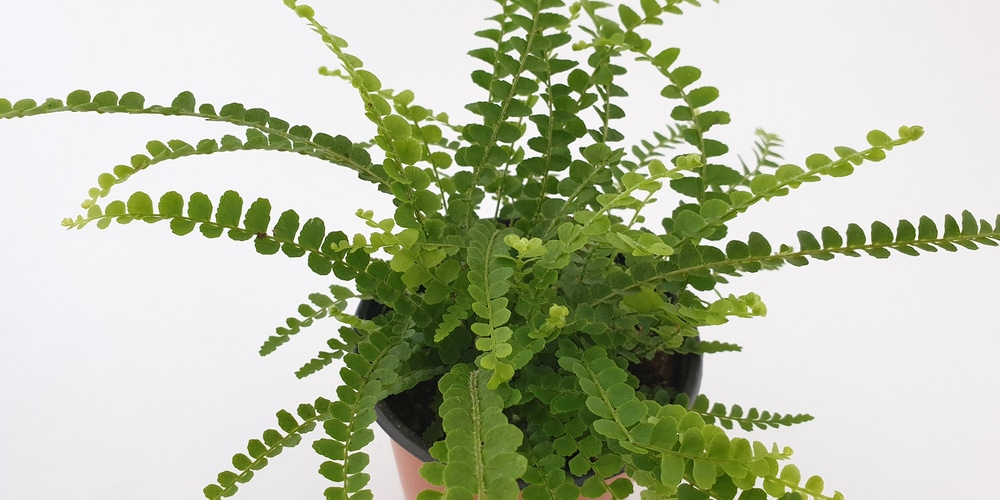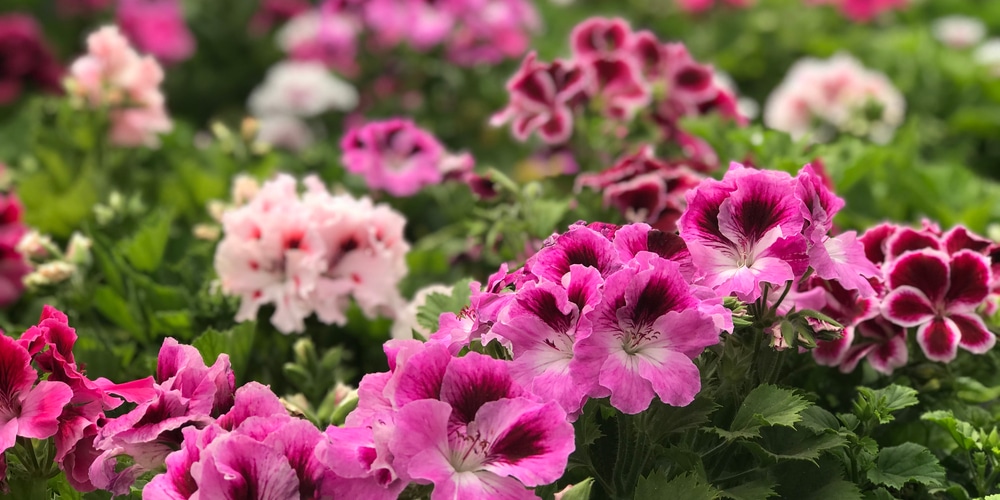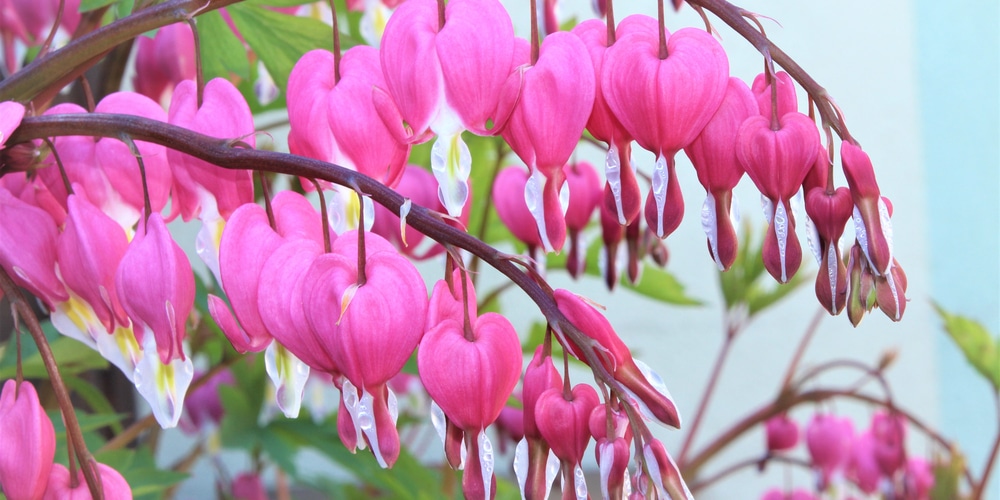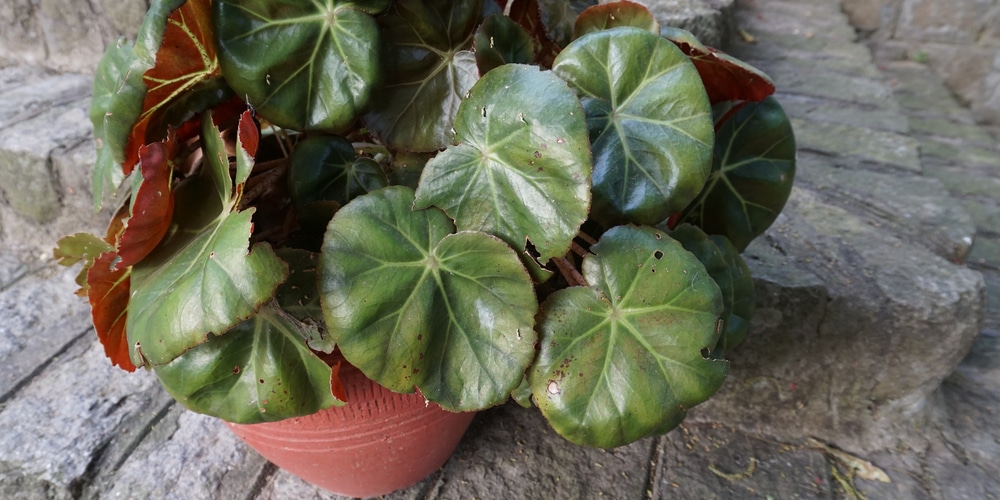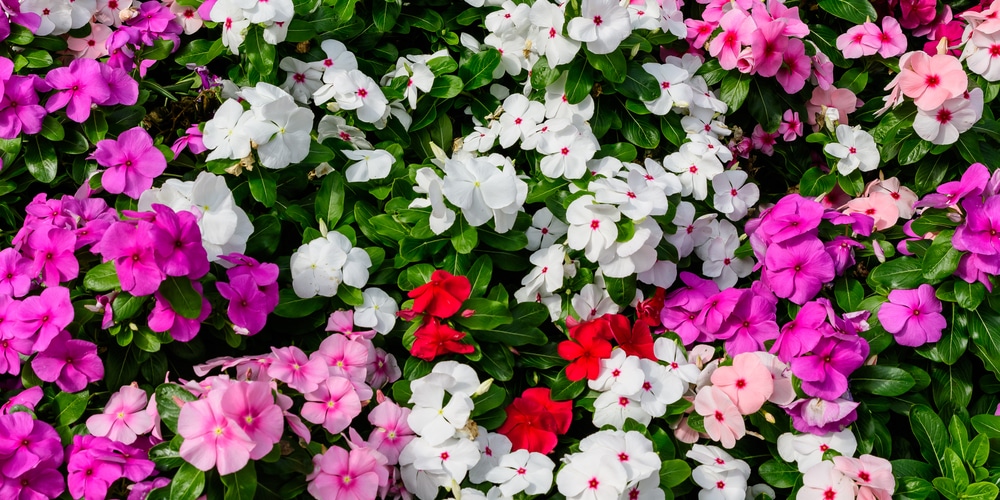Having a beautifully planned garden with green plants and lush flowers is a dream of many homeowners. This includes carefully thinking of plants that would go well together, both in terms of color and texture.
But more importantly, you need to make sure they have compatible growing conditions. For instance, some plants prefer full sun while others like shady areas.
The lush green leaves of hostas and ferns can make any garden look like a paradise. It gives off a tropic vibe that would make anyone feel relaxed. But can these two plants be grown together?
Hostas and Ferns Planted Together: Is This Possible?
Hostas are a type of plant that prefers partial sun and well-drained soil. They are known for their beautiful, big leaves that come in various colors, including green, blue, and even yellow.
Ferns, on the other hand, love shady areas and moist soil. These plants have long fronds that give any garden a tropical feel.
So, can you plant hostas and ferns together? The answer is yes! In fact, these two plants make a great combination. Together, they make a graceful and elegant statement in any garden. Ferns have a finely textured look that balances the big leaves of hostas. They also add some much-needed color in shady areas.
However, there are a few things you should keep in mind when planting these two plants together. First, ferns love shady areas, while hostas prefer partial shade and partial sun. So make sure to plant them in an area that gets both shade and a bit of sun throughout the day.
Another thing to consider is the soil. Ferns love moist soil, while hostas prefer well-drained soil. So, you might need to add some extra organic matter to the ground when planting these two together. This will help retain moisture and keep the plants healthy.
Companion Plants for Ferns and Hostas
Nothing beats the beauty of hostas and ferns growing together in the garden. But if you want to add some more color and texture to the mix, there are a few other plants that make great companions for these two.
Some good companion plants for ferns are:
Perennial Geraniums
Perennial geraniums are beautiful plants that have a mounding growth habit. They produce lovely flowers in shades of pink, purple, and white. These flowers bloom from early summer to fall.
Perennial geraniums prefer partial sun and well-drained soil, making them the perfect plant to grow with ferns.
Astilbes
Astilbes are also shade-loving plants, and they come in a variety of colors, including pink, purple, red, and white. These plants produce beautiful plumes of flowers that bloom from late spring to early summer.
They make a great addition to any garden and prefer moist soil.
Bleeding Hearts
Bleeding hearts thrive in USDA zones 3 through 9. Their soft feathery leaves make a great addition to any shade garden. These plants produce lovely heart-shaped flowers that bloom from spring to early summer.
Begonias
When it comes to companion plants for hostas, begonias are a great option. These lovely annuals are what you might just need to add a few colors in between your ferns and hostas. These flowering plants make great companions because they love the shade just as much as hostas do.
Impatiens
There’s no shortage of plants that grow perfectly in the shade, and impatiens are always a top choice. These annual flowers come in various colors like coral, yellow, white, purple, and pink. They make excellent ground covers and add a splash of color to any garden.
Hostas and Ferns: Fertilizer Needs
The best fertilizer for both plants is a slow-release balanced fertilizer. 10 nitrogen, 10 phosphorous, and 10 potassium. Slow-release fertilizers are unique because they feed your plants every time you water them or when it’s raining.
This makes it an excellent option for those who are short on time or don’t have a lot of time to spare for their plants.
If you want to give your plants a little extra boost, you can also use compost or manure. These organic options are great for adding nutrients to the soil and helping your plants grow healthy and strong.
Unless your soil indicates that there’s a nitrogen deficiency, you shouldn’t need to fertilize more than once a year. Too much nitrogen in the soil can actually be harmful to plants.
When it comes to watering, both ferns, and hostas like moist soil. However, you should never let your plants sit in water. This can lead to root rot and other problems.
The best way to water these plants is by using a soaker hose or drip irrigation system. This will help you water the plants slowly and evenly, and it will also help to prevent root rot.
Hostas and Ferns: Final Thoughts
Together, you can create your tropical paradise with ferns, hostas, and their companions. Their extravagance and lush foliage will bring life and color to any garden.
Just remember to give them the right amount of sun, shade, and water, and you’ll have a thriving garden in no time.

